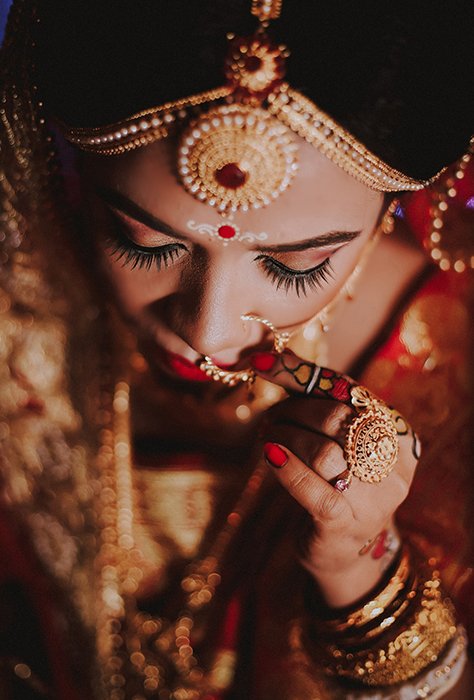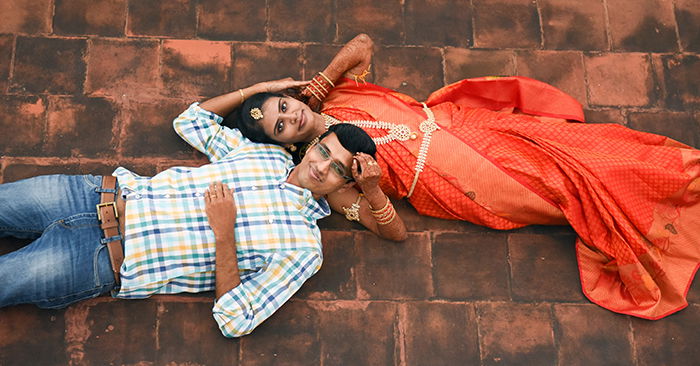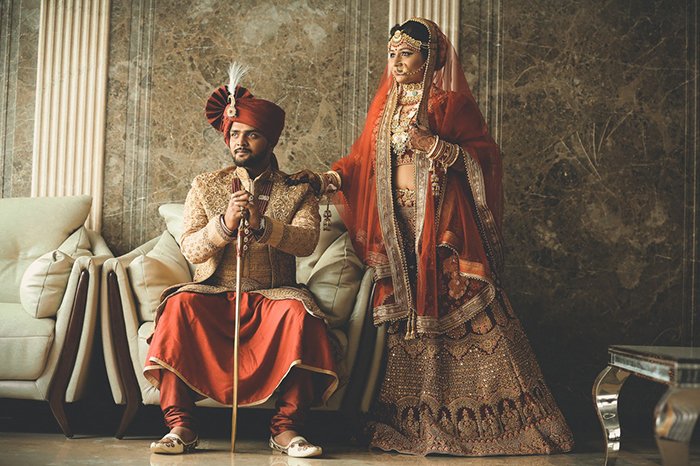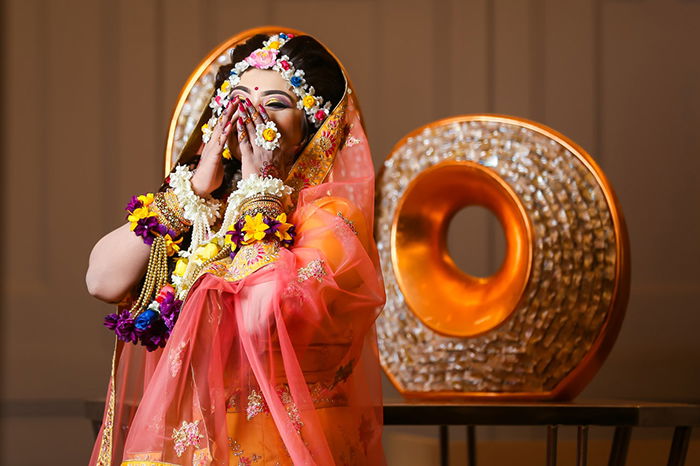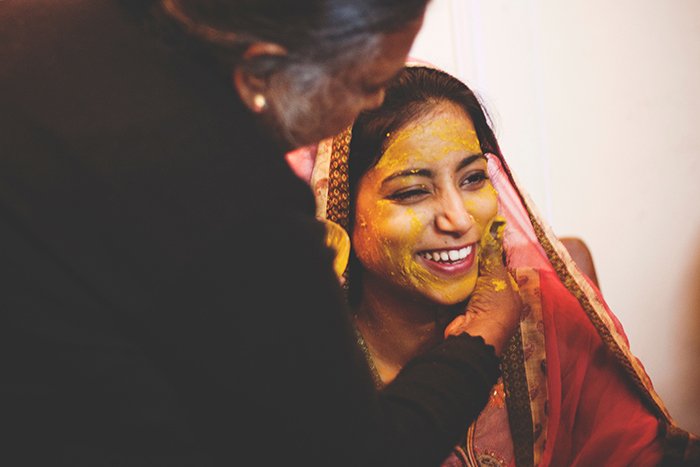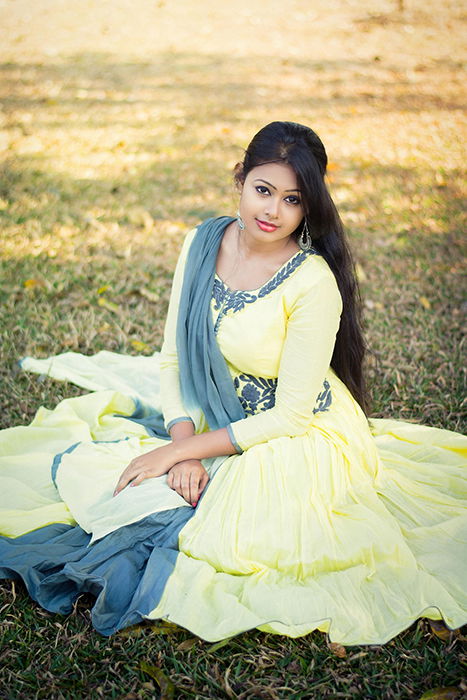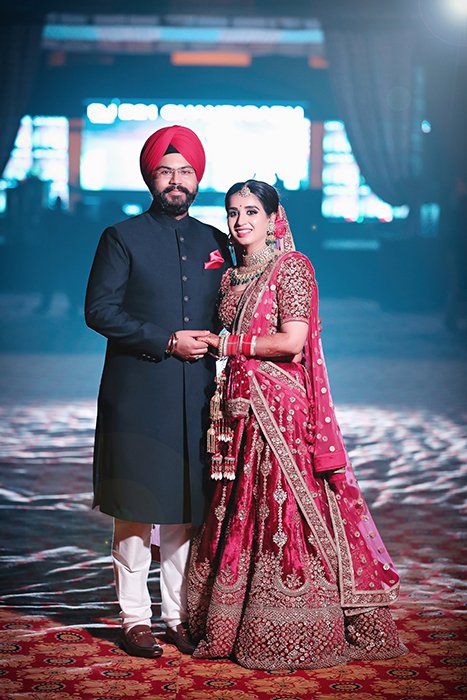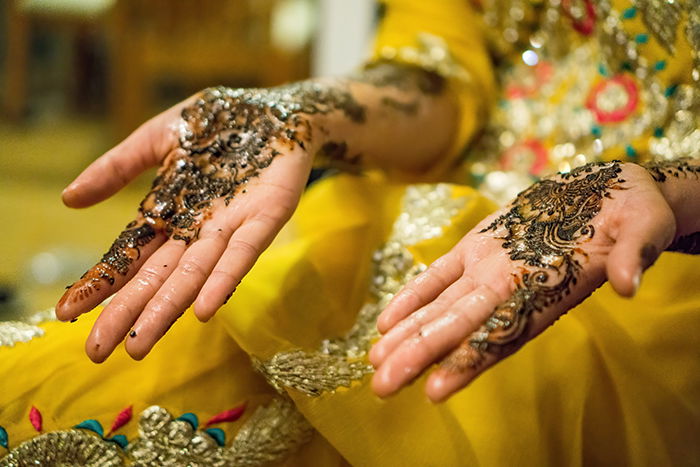Here’s how you can take your Indian wedding photography to the next level without getting stressed.
Indian Wedding Photography: Finding Out What Kind of Indian Wedding You’re Going to Photograph
There is a rich variety of Indian weddings out there. The more aware you are of the type you’ll be shooting, the easier it will be to make a list of things to expect before the wedding. A few examples are Hindu, Islamic, Gujarati, and Punjabi weddings, just to name a few. Each kind comes with unique traditions and beliefs that you’ll need to document. Some couples come from different countries or have been brought up in different places. This might compel them to have a mixed wedding. A famous example of this is Priyanka Chopra (an Indian actress) and Nick Jonas (an American singer)’s recent wedding. They combined both Indian and Western wedding traditions to create a ceremony that respected both of their cultures. I strongly recommend watching videos of Indian weddings and ceremonies. Even though they won’t look or feel exactly like your clients’ wedding, they’ll give you a clear picture of what to expect and be aware of. A post shared by Priyanka Chopra Jonas (@priyankachopra) on Dec 4, 2018 at 4:35am PST They’ll also give you posing, lighting, and conceptual photo ideas.
Get to Know the Couple so They Know What to Expect
Some Indian couples have no idea who their photographer is until the actual wedding. This can make it difficult for you to connect with them properly. Indian weddings tend to be busy and very large. You won’t have time to have a proper conversation or photoshoot with the couple during the ceremony. Get to know them before the ceremony. Do this by Skyping with them, having dinner together, or talking to their families about them. This will make them feel more confident about the artistic side of their wedding and give you an idea of what they expect. If the couple doesn’t have any specific ideas, give them a checklist or idea board for inspiration. Let them check off the types of photos they’d like to see in their family album or the rituals they care about most.
Have a Pre-Wedding Shoot to Get Comfortable With the Couple
If you have the time, and if the clients’ budget allows, have a pre-wedding photo shoot. (Photography-wise, an average Indian wedding costs anywhere from $400 – $2,000, and that’s just the starting price.) A pre-wedding shoot will give you all more space and time to take proper wedding photos without rushing. Some couples aren’t allowed to see each other in their wedding attire before the actual ceremony, so make sure you ask your clients what they’re comfortable with beforehand. You can have a casual, extravagant, or humorous photoshoot, depending on the couple’s taste. These posed pre-wedding photos will make you feel more relaxed about the wedding photos. And they’ll give you a chance to focus on more than just the couple during the wedding.
Create a Schedule With Achievable Goals to Avoid Unexpected Obstacles
Most Indian weddings last much longer than Western or European weddings. If the couple hires you, you’ll have to shoot for at least 2-3 days. Make sure you bring lots of water and snacks with you. Many Indian weddings have a specific time for eating that might be hours away from your last meal. Depending on religion and tradition, each day will come with unique ceremonies that you can’t miss. Make sure you know the couple’s plans so you can prepare beforehand. Some events might be more intimate than others. You’ll have to adjust by using a silent shutter and a zoom lens to give everyone more space.
Take Photos of Pre-Wedding Rituals
Most weddings also have pre and post-wedding ceremonies. It’s important that you photograph all of them so you can please your models and improve your Indian wedding photography. A few common pre-wedding rituals include:
Mehendi – henna paste is drawn on the couple’s hands. The bride tends to have very intricate designs that are perfect for close-up and conceptual shots. Sangeet – this is a rehearsal that involves lots of fun and dancing. You can use this to improve your dance and candid photography skills. Haldi – during this ceremony, turmeric paste is put on the couple’s bodies by female elders from their families. It’s then washed off with sacred water. This is an intimate process that can help you take touching photos of family members bonding together.
Use Natural Light as Often as You Can to Make Your Photos Look Appealing
Indian wedding venues, like other venues all over the world, aren’t always made for professional photography. This can make it difficult to take natural and flattering photos of the couple. To ensure that all of your photos look fantastic, take photos outdoors as much as you can. If you have to use artificial light, pay careful attention to angles. Indian weddings often take place after midnight due to certain horoscope-related beliefs. Make sure the light is soft and is coming from different places. Avoid harsh lights of any kind unless they can be controlled or softened. If there are too many shadows, use a reflector to get rid of them and to add a sparkle to your models’ eyes.
If Needed, Hire a Second Shooter to Have as Many Photos as Possible
A wedding with hundreds of guests and multiple events can’t be photographed by one person. It’s likely that the couple’s family hired several photographers to photograph the same ceremonies from different angles. Try to get in touch with the other photographers so you can agree on what to shoot and avoid misunderstandings. Many Indian weddings come with a traditional photographer. Their job is to take hundreds of posed photos. They have to photograph the couple with all of the guests. If a traditional photographer isn’t available, make sure you ask the family to hire one. You don’t want to stand for hours taking the same kinds of pictures. If the wedding is so large that you need an assistant of your own, hire them. They can be someone with less experience or another professional.
Conclusion
Indian weddings are the perfect opportunity to take outstanding photos that don’t only look good but also touch the heart. Using your knowledge of Indian wedding rituals and beliefs, you’ll be able to take amazing photos of the couple, their families, and the venue.


